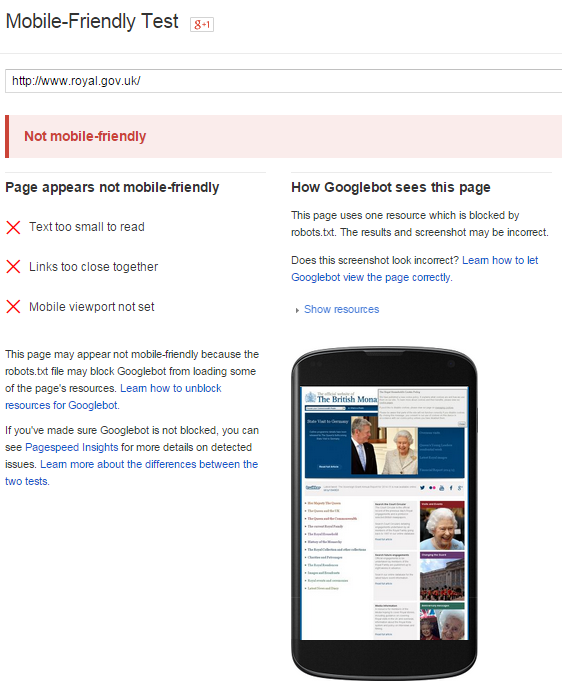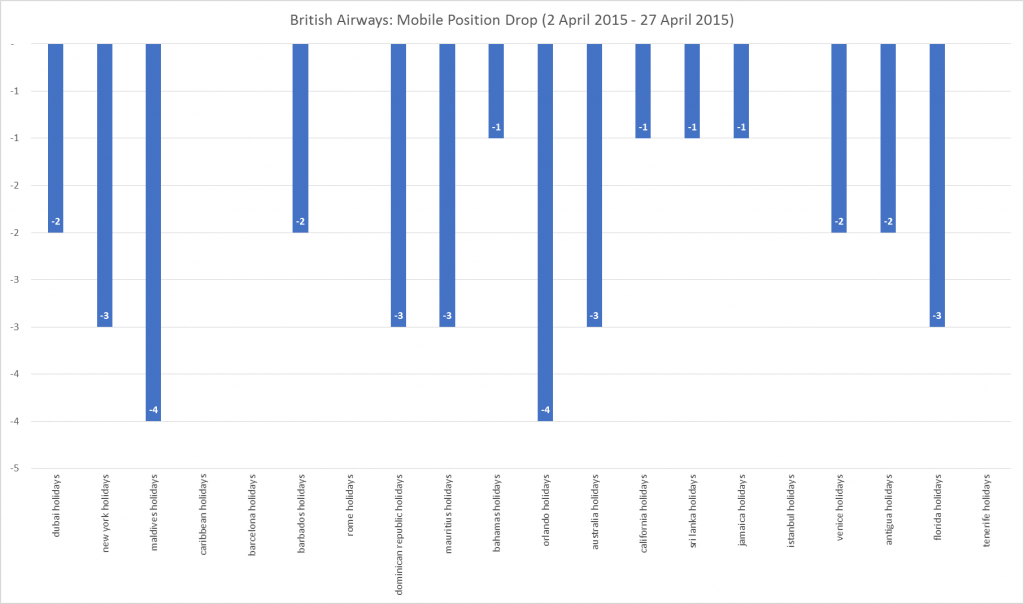
Google has rolled out another significant update to its algorithm, the rules it uses to determine the rankings of websites in the search results. The “mobile-friendly” update went live on 21 April of this year, and it is designed to give a boost to mobile-friendly web pages in the Google mobile search results.
More than 50 per cent of all searches on Google take place on a mobile device, and this change only impacts mobile searches, not desktop or tablet searches.
The mobile-friendly update is designed to address websites with a poor mobile experience like text that is too small, having to scroll horizontally, or Flash content that won’t play.
Mobilegeddon
The advance warning of this Google update, colloquially known as “mobilegeddon”, caused search marketing professionals to predict that sites would disappear from the search results and that there would be a collapse of mobile traffic to non-mobile friendly web pages.
With law firms in the UK typically getting 30 per cent or more of their web traffic from Google’s mobile search, this update could have potentially catastrophic consequences to firms who depend on Google traffic for their business life blood.
What is particularly interesting about this update was the virtually unprecedented manner in which Google warned of the upcoming update, including the exact launch date, and with specific instructions on the steps businesses need to take in order to avoid penalties. And if Google’s wish was to spur businesses into creating websites that are accessible on mobile devices, then the evidence points to businesses taking the desired action: Google reported a 4.7 per cent uplift in the number of mobile friendly sites in the two months before the mobilegeddon launch date.
Mixed results
However, the impact of this Google update does not seem to be as dramatic as many “experts” predicted. There was no apocalyptic change in search rankings and seemingly no “crash and burn” in the search results. Whilst there were some significant changes in rankings and traffic, this update did not have the far reaching consequences of previous Google updates known as Panda and Penguin.
Research results following the mobilegeddon rollout are mixed. BrightEdge monitored 20,000 URLs across 750 key phrases, and their research demonstrated a 21 per cent decrease in the number of non-mobile friendly URLs in the first 3 pages of the mobile search results as compared to before the update.
On the other hand, MOZ reported that prior to mobilegeddon, 71 per cent of the sites ranking in mobile results were already mobile friendly, and that there are other, more significant changes that businesses should be worried about.
And the power of the brand of any particular website is unlikely to outweigh all other factors when it comes to rankings. For example, the British Monarchy website fails the Google Mobile Friendly testing, but I can’t imagine it won’t rank well in the mobile results.
Nevertheless there is evidence of swings in the search results, and there are important lessons that all of our businesses need to learn. For example, the rankings in the mobile search results are on a page by page basis. In other words, your firm is likely to rank in the search results for a specific phrase, like “enduring power of attorney.” It is the mobile-friendliness of that specific landing page that currently ranks well in Google that you need to keep an eye on. It isn’t the mobile friendliness of your home page, what is essential is the mobile optimisation of the pages that you specifically want to rank well.
Digital marketing agency Stickeyes produced an interesting piece of research assessing British Airway’s mobile friendliness and the impact of mobilegeddon. BA have produced a whole series of landing pages designed to gain rankings for location dependent holidays phrases, for example “dubai holidays.” However, these pages are not optimised for a mobile experience, and subsequent to the mobileggedon update, BA experienced a significant drop in mobile rankings.
One of the difficulties of measuring the impact of Google changing the algorithm is gathering reliable larger data sets. A survey by Koozai of 100 UK small and medium size businesses following mobilegeddon reported 41 per cent of respondents experiencing a drop of at least 3 places in their mobile rankings, but more than half of those reporting the drop had actually optimised their website for mobile.
How can this be the case? The mobilegeddon update was changing just one signal in a whole range of different signals Google considers when ranking websites. These signals, of course, are of varying importance. Many levers are being pulled at the same time, and it can be difficult to attribute which specific change is causing a change in rankings. Whilst your firm is busy making changes you can also be sure your competitors are also competing fiercely and making their own changes. And most importantly, Google is constantly tweaking the dials and it is not a matter of a single set of changes happening at any one time.
A more significant factor for your firm to consider is Page Speed. Your website speed and load times may be a more powerful factor in determining your ranking than your mobile friendliness.
It appears that subsequent to mobilegeddon, Google rolled out another significant change (called the “Phantom” update by some mystified commentators) which may have had a more significant impact on most firm’s rankings than the mobile-friendly update. Indeed, it is virtually impossible to unpick the impact of one specific Google update. They happen simultaneously, and they interact with each other.
What is perhaps more interesting is the ever increasing divergence in desktop and mobile search results. Whilst smartphones are gaining more and more computer-like features, the mobile search results are getting more and more different from desktop results.
What can you do?
There are a number of steps your firm needs to take in order to keep up with the mobile revolution.
First, determine whether Google considers your website to be mobile friendly using their testing tool. Not only will it let you know if your site is mobile friendly, but it will also provide detailed recommendations for improvement.
Next, check your site using Google’s PageSite Insights tool to check your site’s speed and performance, which has a huge impact on user experience and is also a mobile ranking factor.
Google has identified improving the mobile experience as one of their top priorities, and that means Google will continue to tweak their mobile friendly algorithm time and time again in order to give searchers the best possible experience.
As a result, firms need to continue to focus on the separate desktop and mobile search rankings. The rather underwhelming impact of the mobilegeddon update could mislead firms into complacency, when indeed this is just one change in the ever evolving Google algorithm.
We can be sure of one thing: there are more changes on the way.
Susan Hallam is Managing Director of Hallam Internet, a digital marketing agency helping UK law firms to be more successful using internet technologies. She is a Freeman of the City of London, and speaker at industry conferences.
Email susan.hallam@hallaminternet.com. Twitter @hallamInternet.

